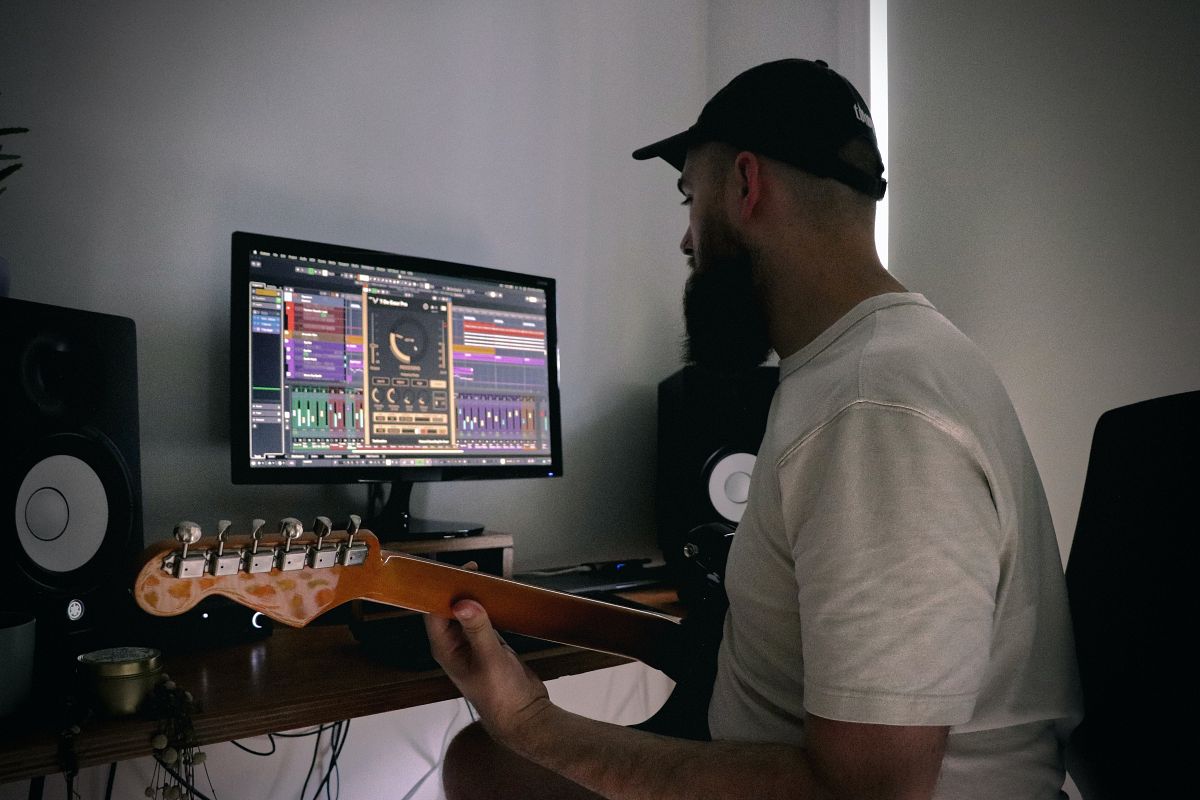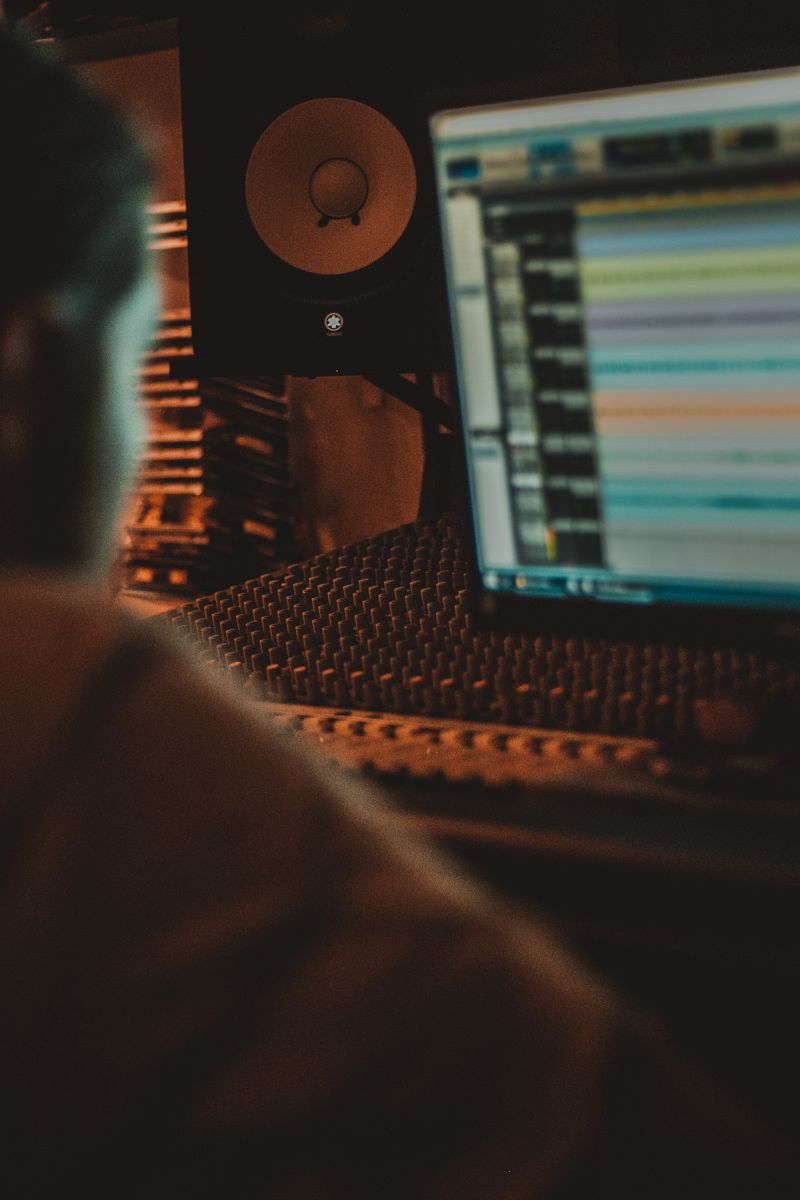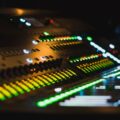Contents
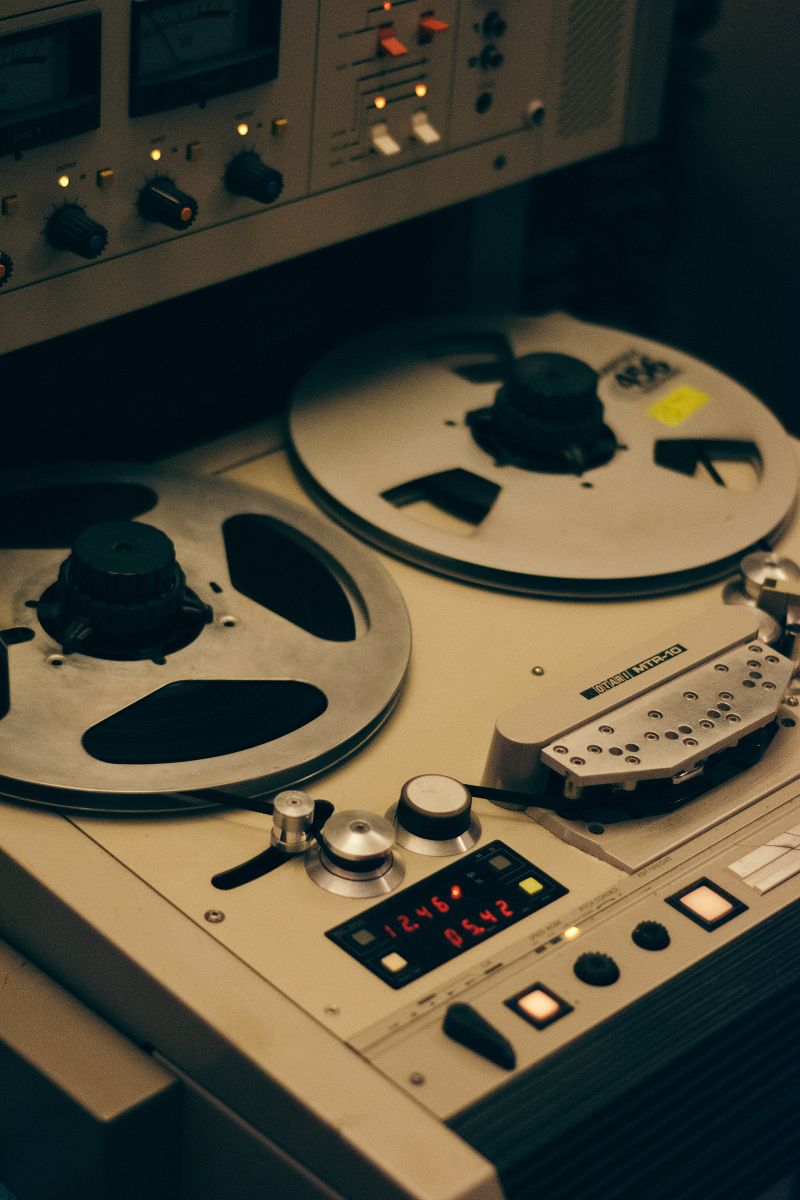
The Historical Use of Tape in Audio Recording
The use of tape in audio recording has a rich history that dates back to the early days of recording technology. Magnetic tape, introduced in the mid-20th century, revolutionized the recording industry. Before digital audio workstations (DAWs) became prevalent, analog tape machines were the primary tools for recording and producing music.
Tape was used to capture and store audio signals, offering a warm and distinctive analog sound. Musicians and engineers appreciated tape for its unique sonic characteristics, including natural compression, harmonic saturation, and the ability to add a touch of analog warmth to recordings.
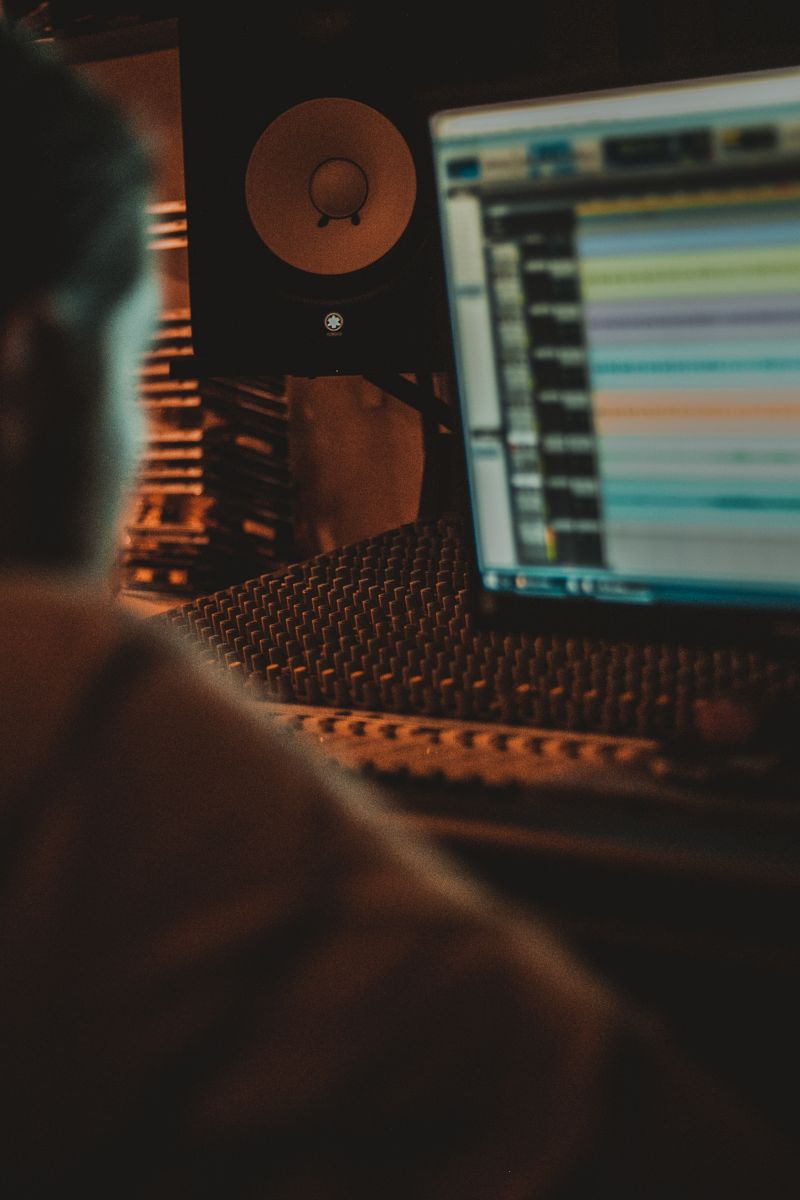
Why Tape Effects Are Still Used in Digital Audio Work
In the digital age of audio recording and production, tape effects continue to hold a special place. Musicians and producers often seek to recreate the nostalgic and character-rich sound of analog tape for several reasons.
- Tape effects evoke the vintage vibe of classic recordings, adding a sense of authenticity to modern productions.
- Warmth and Saturation: Tape imparts warmth, saturation, and harmonic distortion to audio, creating a pleasing and full-bodied sound.
- Musical Compression: Analog tape provides natural compression, smoothing out dynamics and enhancing musicality.
- Creative Flair: Tape effects offer creative possibilities, allowing producers to experiment with tape-style delay, flanging, and other sonic manipulations.
Advantages of Using Tape Effects
Using tape effects in digital audio workstations offers several advantages.
- Coloration: Tape imparts a distinct coloration to audio, enhancing character and depth.
- Sonic Glue: It helps bind individual tracks together in a mix, creating a cohesive sound.
- Dynamic Control: Tape can be used to control dynamics and tame transients effectively.
- Creative Soundscapes: Tape effects inspire creativity, allowing for the exploration of unique soundscapes.
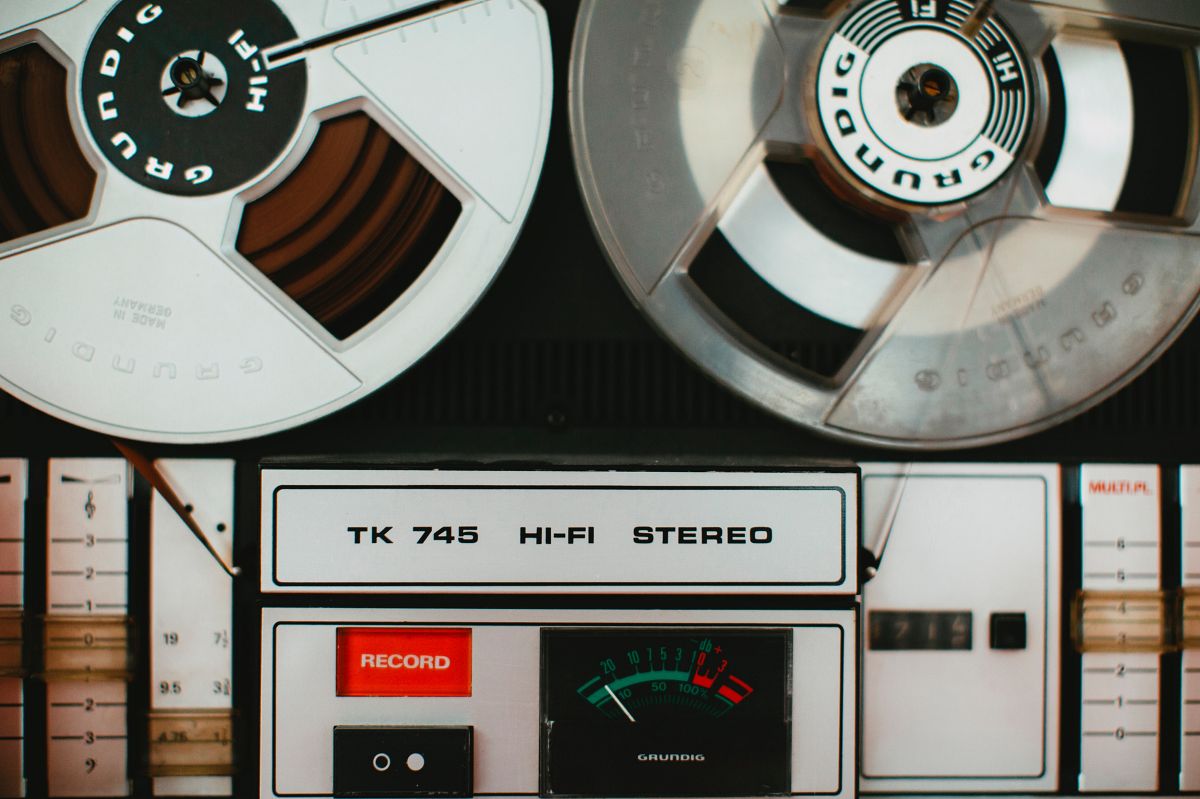
Representative Tape Effect Plugins
Recreating tape effects in the digital realm is made possible through a variety of plugins. Here are five noteworthy plugins known for their tape emulation capabilities, along with brief descriptions.
Waves J37 Tape
Waves J37 Tape is renowned for its meticulous emulation of the J37 4-track tape machine used in the Beatles' Abbey Road Studios. It imparts the warm, analog sound of the original hardware, complete with saturation, wow, and flutter effects.
U-He Satin
U-He Satin offers a versatile tape emulation experience, with customizable tape machine parameters, tape delay, and flanger effects. It's favored for its ability to recreate both subtle tape coloration and extreme tape degradation.
Softube Tape
Softube Tape provides a realistic tape saturation and compression simulation. It offers three different tape machine models, each with its own sonic characteristics, making it a versatile choice for adding analog warmth to tracks.
Slate Digital Virtual Tape Machines
Slate Digital Virtual Tape Machines emulates two classic tape machines, the 2-inch 16-track and the 1/2-inch 2-track. It's known for its high-fidelity tape saturation and the ability to impart the desired tape sound on individual tracks or an entire mix.
Universal Audio Studer A800
The Universal Audio Studer A800 plugin meticulously emulates the legendary Studer A800 2-inch tape machine. It offers the rich, warm sound of the original hardware, complete with adjustable tape speed and various tape formulas for added sonic flexibility.
These plugins faithfully capture the essence of analog tape, allowing modern producers to infuse their digital productions with the warmth and character of vintage recording.
